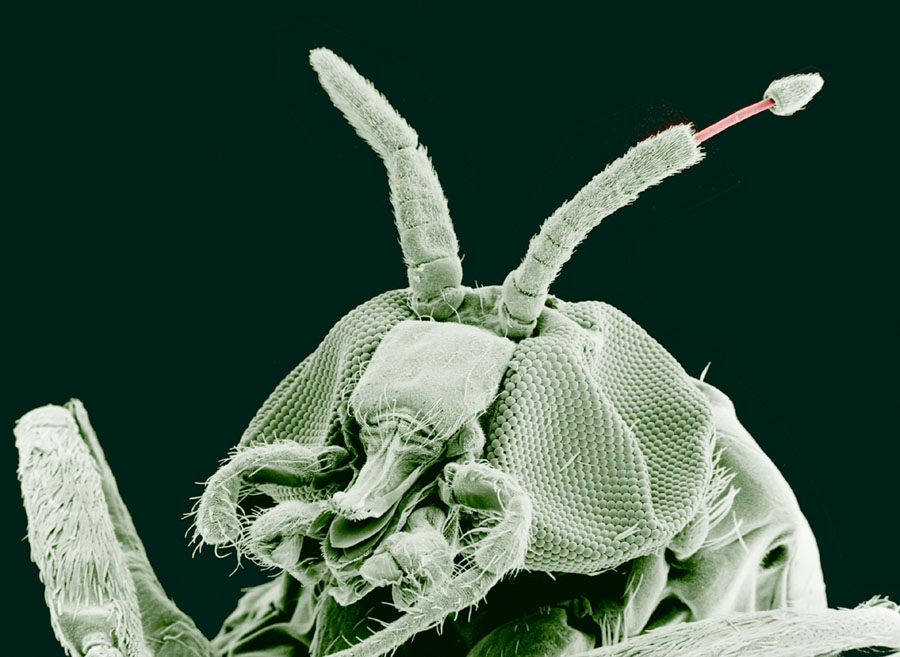
WHO verifies Niger as the first country in the African Region to eliminate onchocerciasis
On Jan. 30, 2025, the World Health Organization (WHO) congratulated Niger for having met the criteria for onchocerciasis elimination, making it the fifth country globally and the first country in Africa to be acknowledged by WHO for interrupting transmission of the parasite Onchocerca volvulus.
Onchocerciasis, commonly known as river blindness, is a parasitic disease and is the second leading infectious cause of blindness worldwide, after trachoma. It is transmitted to humans through the bites of infective black flies, primarily found in riverine areas. The disease primarily affects rural populations in sub-Saharan Africa and Yemen, with smaller endemic areas found in parts of Latin America.
Between 1976 and 1989, under the umbrella of the WHO Onchocerciasis Control Programme in West Africa (OCP), Niger undertook vector control measures by spraying insecticides that significantly decreased levels of onchocerciasis transmission.
Following the donation of ivermectin by Merck, Sharpe & Dohme (MSD), areas still affected by lymphatic filariasis (LF) underwent mass drug administration (MDA) with ivermectin and albendazole from 2008 to 2019, followed by surveillance. Since ivermectin is effective against both diseases, and areas targeted for LF MDA were also endemic for onchocerciasis, this intervention also contributed to interrupting the transmission of the Onchocerca volvulus parasite.
Niger joins four other countries that have been verified by WHO for eliminating onchocerciasis, all in the Region of the Americas: Colombia (2013), Ecuador (2014), Guatemala (2016) and Mexico (2015). In the WHO African Region, 21 countries have eliminated at least one neglected tropical disease. Onchocerciasis is the second neglected tropical disease eliminated in Niger: the country was certified free of dracunculiasis (Guinea-worm disease) transmission in 2013.
Tags:
Source: World Health Organization
Credit: Photo: Scanning electron microscopy of adult Black Fly with (Onchocerca volvulus) emerging from insect’s antenna. The parasite is responsible for the disease known as River Blindness. Courtesy: Wikipedia.
